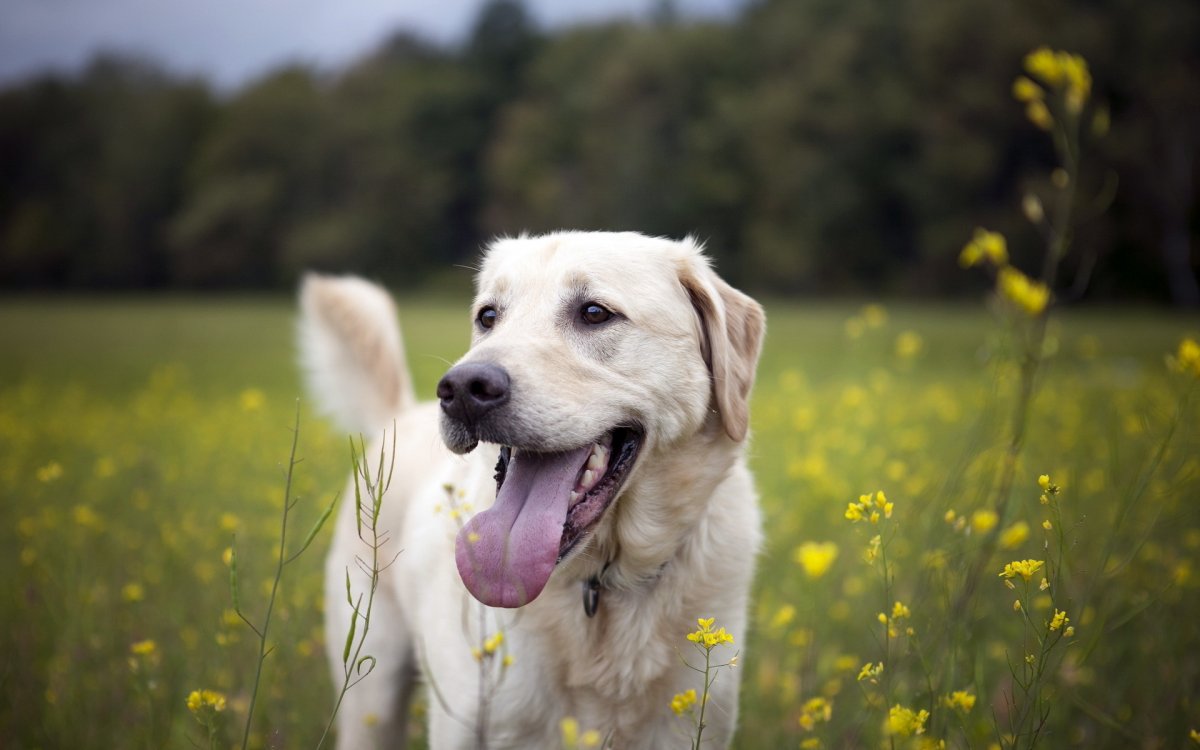Going for a walk is the highlight of the day for the dog. Meanwhile, the four-legged friend can do his business and be physically and mentally busy. However, many people wonder what is the best way to take the walk. In this article, we will show you what you should consider when going for a walk and what obligations you have as a dog owner.
How often should you walk a dog?

There is no general answer to this question, as the number of walks depends on breed, age, characteristics, and health. How often the dog has to do its business during the day should also be taken into account. Dogs with bladder weakness should be taken outside more often.
Puppies or seniors have to go out several times a day. This is the only way puppies can be housebroken. Basically, it is recommended to take puppies outside every two hours. In old age, dogs also often have to go outside because in most cases they find it difficult to control their urges.
For adult four-legged friends, daily exercise is also important in addition to doing business. As a rule, an adult dog should be walked three to four times a day so that it can do its business and get exercise. The number of walks per day depends on the duration. The individual needs of the dog breed must also be taken into account. For example, in most cases, a French bulldog is already satisfied with a small round. Australian Shepherds, on the other hand, require long and intense walks.
How long can a dog go without being walked?
How long a dog can go without going for a walk depends solely on the breed, age, characteristics, and state of health. Adult dogs generally need to go out three to four times a day. Puppies and old dogs must be taken outside every two hours.
How long should a dog walk last?

Every dog should get enough exercise every day, otherwise, there is a risk that the four-legged friend will become unbalanced and overweight. Being overweight can lead to a shorter life expectancy, so every dog owner should integrate going for a walk into everyday life.
Nevertheless, the duration of a walk depends on age, size, characteristics, and state of health. Short walks are enough for a puppy. The rule of thumb is: A puppy should go for a walk for about five minutes per gait and month of life. If the puppy lies down and refuses to walk any further, under no circumstances should he be forced to walk any further? In this case, the little four-legged friend has to be carried home.
In adult healthy dogs, the walks can last one to two hours. It is best if breaks are integrated into long walks so that the dog is not overburdened. The dog owner determines when the walk is over.
How do I teach my dog to walk?
It is important that a lot of patience is used when learning how to walk a dog. It is important for a young dog to be introduced to the harness first and then to the environment. Once the dog has gotten used to both, treats can be used to teach him to walk on the leash. As soon as the dog pulls, the direction should be changed. If the dog stops and looks at the owner, the four-legged friend can be rewarded.
Dog doesn’t want to go for a walk – now what?

It can happen that the dog does not want to go for a walk. There can be numerous reasons behind this behavior.
Reason 1: cold and rain
Short-haired dogs in particular refuse to go outside in rainy and cold weather. A dog coat can help so that the four-legged friend feels comfortable even in bad weather.
Reason 2: heat
When the temperatures are too warm in summer, most dogs prefer to stay in the cool house. In order to escape the high temperatures, it is advisable to move the walk to the early morning or late evening. The dog owner then does not have to worry about the four-legged friend burning his paws or getting a heat stroke.
Reason 3: darkness

Some four-legged friends are actually afraid of the dark. It is important that the dog is given a feeling of security when walking. In this case, the dog owner should be self-confident and courageous. A flashlight can also help.
Reason 4: Malaise and illness
If your four-legged friend doesn’t feel like going for a walk from one day to the next, it may be that he feels unwell or is even sick. If the dog is behaving in any other unusual way, a veterinarian should be consulted.
What to do if the dog doesn’t want to?
In warm weather, it is advisable to take the walk in the early morning or late evening. If the cold and rainy weather is the reason for the lack of desire, a dog coat can help out. A flashlight can help if your four-legged friend is afraid of the dark. Nevertheless, it is important to observe the dog’s behavior, since an illness can also be the trigger.
The right environment to go for a walk

When going for a walk, the dog can do its business on the one hand and pursue its urge to move on the other. For this reason, it is more exciting for the four-legged friend if the walk routes are varied. As a result, the dog always has something new to discover. Routes with little traffic and places with the soft ground such as forest or field paths are particularly suitable. On warmer days it is important that the dog is provided with sufficient shade and water. In places where it is basically not possible to let the dog run free, a longer leash can be used to increase the freedom of movement.
Can you walk too much?
The length of the walk depends on race, age, personality, and health. If these factors are not taken into account, the dog can become mentally and physically overwhelmed.
Tips for walking the dog
For a better walk, these tips for dog owners can be particularly helpful:
Tip 1: In summer it is advisable to go outside with the dog early in the morning or late in the evening so as not to be exposed to the hot temperatures.
Tip 2: In addition to poop bags and treats, your four-legged friend should be provided with sufficient water.
Tip 3: In order not to overload the dog, you must take breaks in between.
Tip 4: The four-legged friend may only be unleashed if the environment is safe enough and there is no leash obligation.
Tip 5: Consistent training is required to ensure that the dog does not pull on the leash. A dog school or dog trainer can be considered for support.
How long should I wait after feeding for a walk?

After eating, you should wait at least an hour before going for a walk.






























